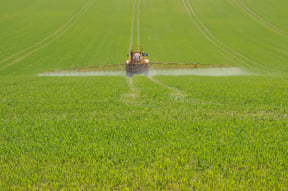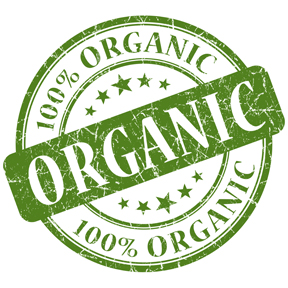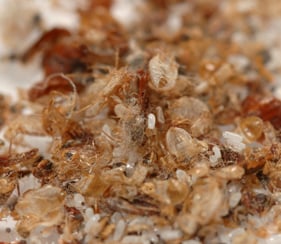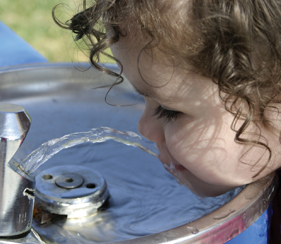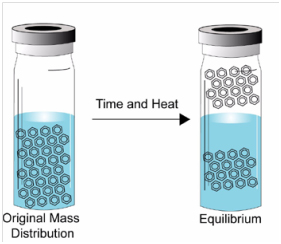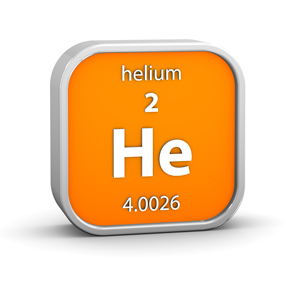A 57-acre site along the Mohawk River near Schenectady, N.Y., is the future home of a new casino, hotels, apartments and shopping centers. Renderings of the project include elegant glass buildings and plush green lawns. Unfortunately, the site’s history of manufacturing train parts and turbine engines dating back to the 1800s has brought the construction project to a halt. The site is now in the middle of a multi-million dollar cleanup to remove a number of harmful substances, including arsenic, mercury, lead, petroleum byproducts and volatile organic compounds (VOCs). In Niskayuna, N.Y., a landfill on GE Global Research’s 525-acre campus contains more than 112 tons of hazardous waste, including VOCs. From the 1940s to the 1970s, metals, ash residue and VOCs were dumped in the landfill. State environmental agencies are recommending monitoring and excavating the site to prevent any further contamination.
Tags: VOC, Volatile Organic Compounds
What would you do if someone gave you a glass of Roundup weed killer and said, “Go ahead, drink it?” If you are like most people, you might look around for the cameras to see who’s in on the practical joke and/or question the request and the person offering it to you. Recently, a proponent of genetically modified foods, went on French TV Canal+ to defend Monsanto, the manufacturer of Roundup and to downplay recent reports that glysophate, the active ingredient in the weed killer, is responsible for the growing rates of cancer in Argentina. Scientists in Argentina have detected it in the air, water and food, although the levels have been low.
Tags: pesticide analysis
A recent study published in the March 2015 issue of Air Quality, Atmosphere & Health, suggests that house cleaning products labeled as “organic,” non-toxic” and “all natural” may not be as green as they suggest. The study conducted by the University of Melbourne reviewed the ingredients of 37 different fragranced and fragrance-free air fresheners, cleaning products, laundry supplies and personal care products (i.e. soap, shampoo and sunscreen). Researches found 156 different volatile organic compounds emitted from the commonly used products; 42 of which are classified as toxic or hazardous. There was an average of 15 VOCs per product.
Wastewater from Oil Fields Threatens Clean Water Resources
Posted by Betsey Seibel on Fri, Mar 20, 2015 @ 01:54 PM
A recent report published in the San Francisco Chronicle, has found that for the past 30 years California state regulators have allowed oil companies to dispose of billions of gallons wastewater into clean groundwater resources. While early tests of drinking wells don’t show any contamination, the Environmental Protection Agency is “threatening to seize control of regulating the waste-injection wells”[i] that the oil companies use to dispose of “produced water” into the aquifers.
Tags: Hydraulic Fracturing
Using Chromatography to analyze Art and Bed Bugs
Posted by Betsey Seibel on Mon, Feb 23, 2015 @ 11:00 AM
Using Chromatography to analyze Art and Bed Bugs
Artists use eggs, glue and vegetable oils in their paints. Bed Bugs have three volatile compounds in their feces that have been combined to create a lure that makes them easier to catch; two completely different topics, and not exactly things that you read every day. They are however important to art conservationists and scientists, and we wouldn’t know about either if it weren’t for modern analytical techniques, including gas chromatography.
Tags: VOC, Volatile Organic Compounds
Hydraulic Fracking - Is Drinking Water at Risk?
Posted by Betsey Seibel on Fri, Feb 20, 2015 @ 11:24 AM
Hydraulic Fracking - Is Drinking Water at Risk?
In the December 2014 issue of Water Online a white paper written by an associate professor and a graduate student from the University of Saskatchewan asks the following question about hyrdraulic fracturing or fracking, “Is drinking water at risk?”
There has been significant debate about the environmental impact of fracking, from erosion to earthquakes. The authors of the white paper describe fracking as a “double-edged sword.” On one side, the process permits the extraction of oil and natural gas reserves from low permeable organic shale formations and tight sand beds. On the other side, fracking carries environmental risks, including “groundwater and surface water contamination, land destruction, air pollution, geologic disruption, greenhouse emissions, and radiation.”
Tags: Hydraulic Fracturing, Fracking
Fundamentals of Purge & Trap
Purge and Trap Background
When using a concentrator system, it is not essential to understand how it works. However, a good grasp of the fundamentals helps prevent problems and assists you when you are faced with tasks such as method development and troubleshooting. The purpose of this blog is to help you develop an understanding of how and why compounds are concentrated.
Tags: Purge and Trap
Is life on Mars possible… an age-old question that has yet to be completely answered? While current conditions indicate that the planet is inhospitable to life, scientists are now finding evidence that the planet once had a climate where life was possible. NASA Curiosity rover detected organic molecules as part of recent landing mission, but scientists are uncertain whether the molecules are the building blocks of life or created by a chemical reaction from water at ancient Martian hot springs or interplanetary dust from asteroids or comets.
Tags: VOC
Do the U.S. Pesticide Residue Monitoring Programs Need Improvements?
Posted by Betsey Seibel on Tue, Jan 13, 2015 @ 09:19 AM
An October 2014 report by the U.S. General Accountability Office that suggests the Federal Drug Administration and the U.S. Department of Agriculture’s Pesticide Data Program “have room for improvement in the way they collect and share data on pesticide residues on fruits and vegetables and other food.”[i]
In September, we hosted a webinar about using alternative gases for volatile organic compound (VOC) analysis. Helium is by far the choice carrier gas and is used for many purposes besides VOC analysis. Unfortunately, the price for helium has increased and shortages are being reported worldwide, this in spite of the fact that helium is the second most abundant element in the universe[1]. Since 2008, the price of helium has increased by a factor of 2.5 every year, and one scientist estimates that a party balloon could cost as much as $100 in the near future. Helium is used as a cooling source for semiconductor magnets, in MRI scanners, fiber optics and LCDs, for industrial leak detection and to make breathing easier for deep-sea divers.
Tags: VOC

